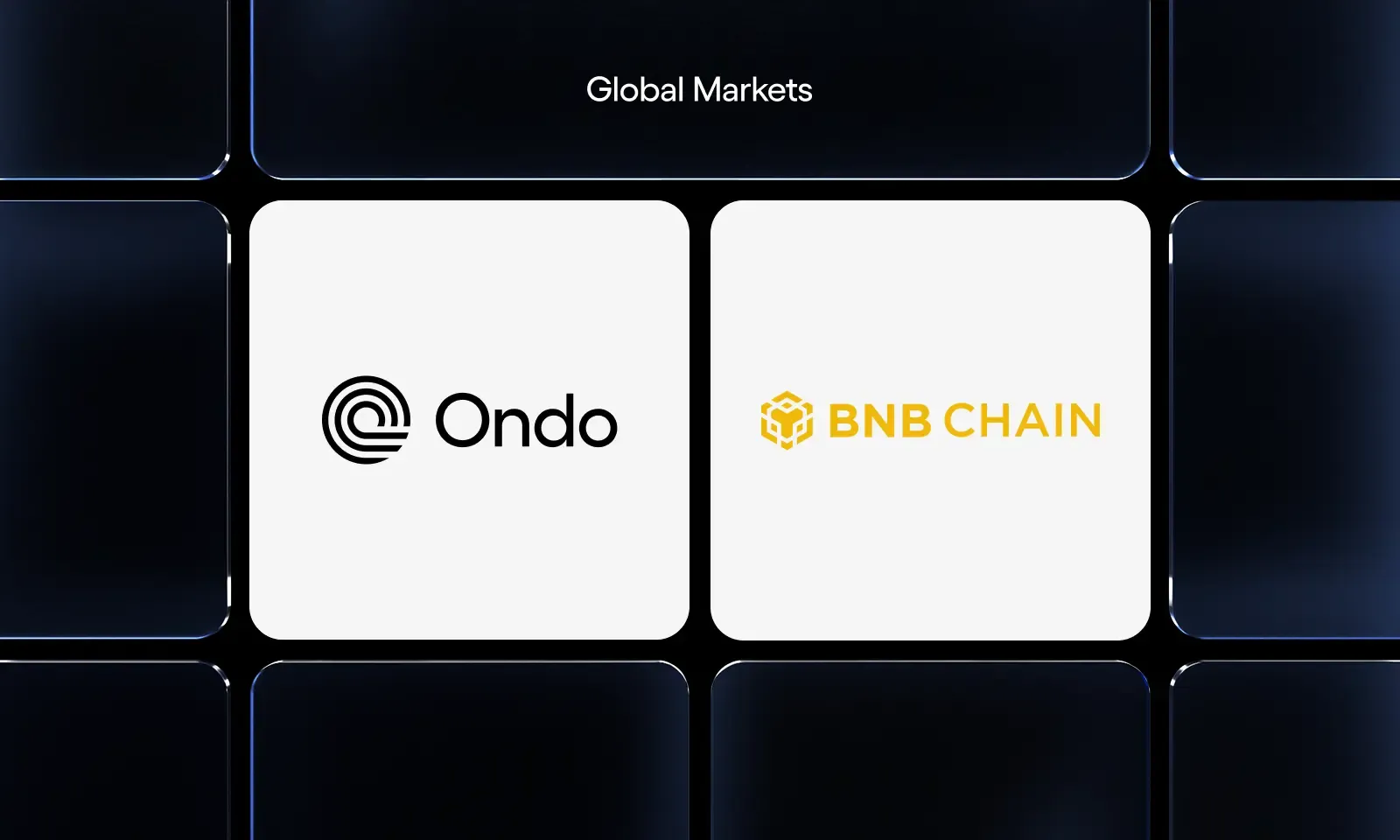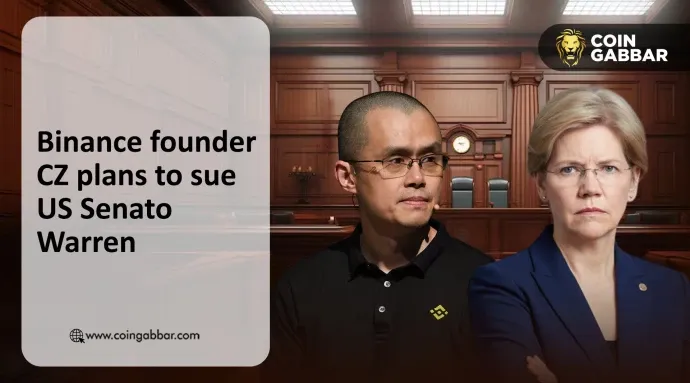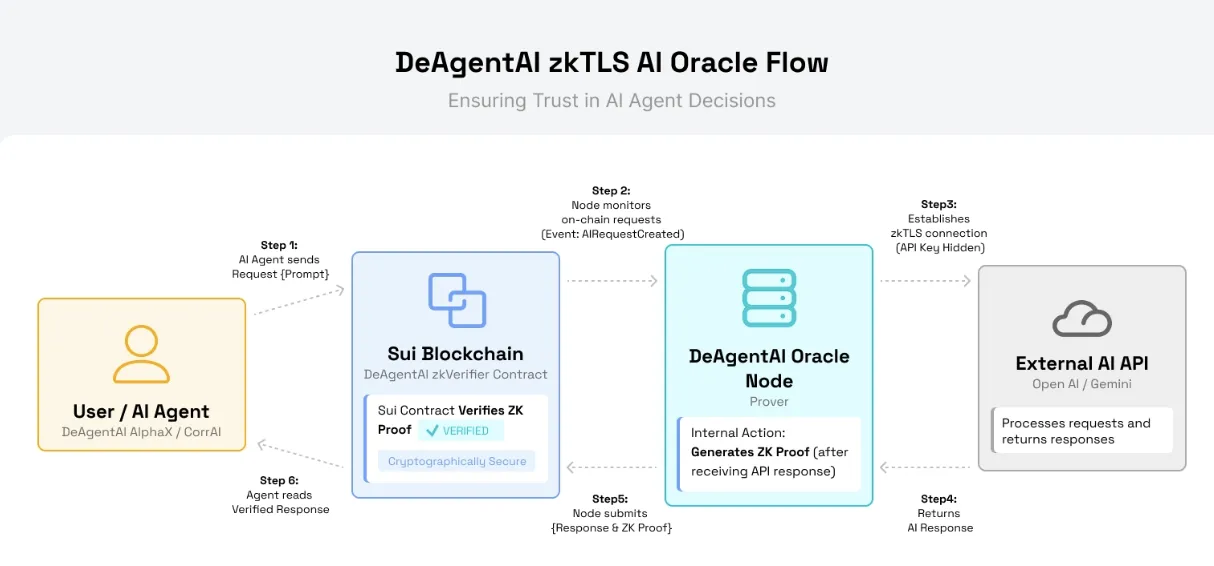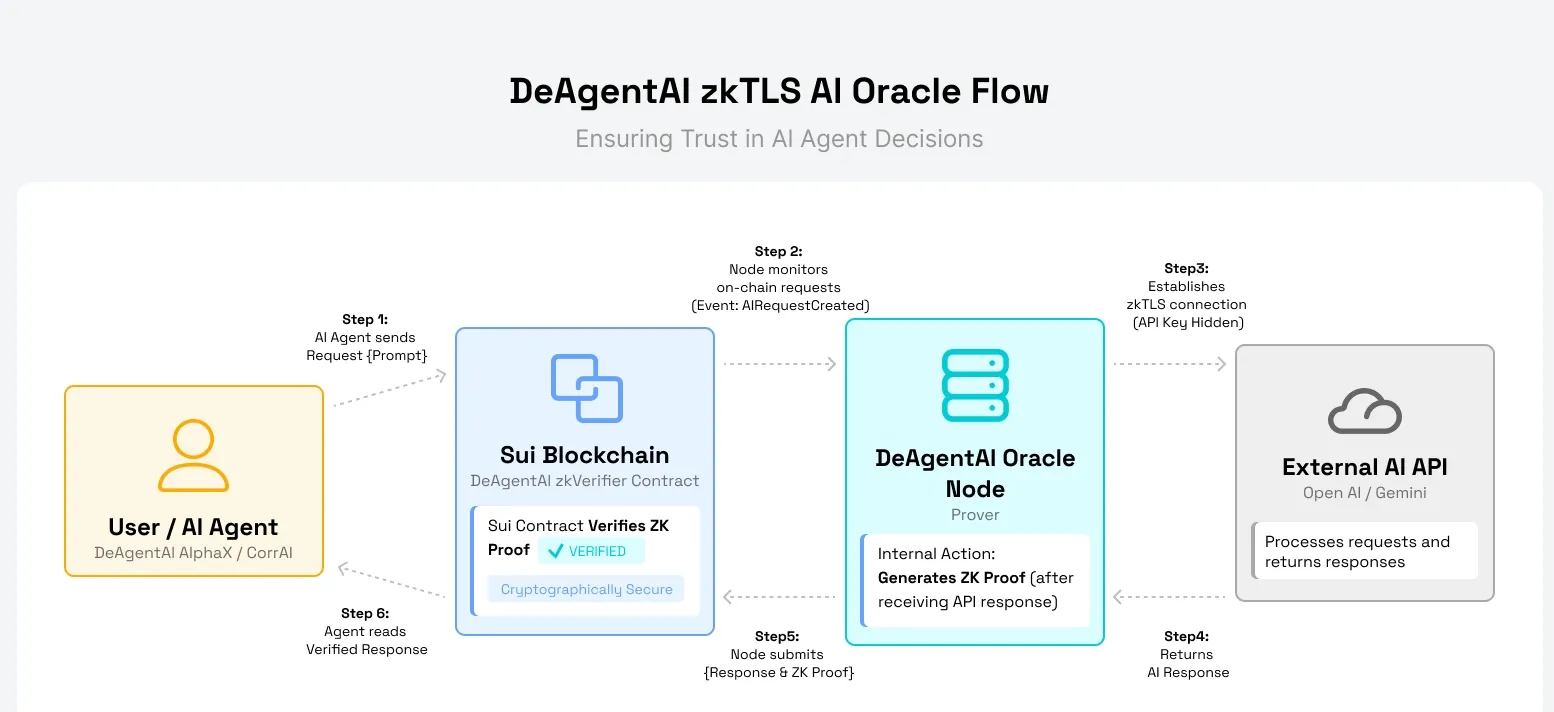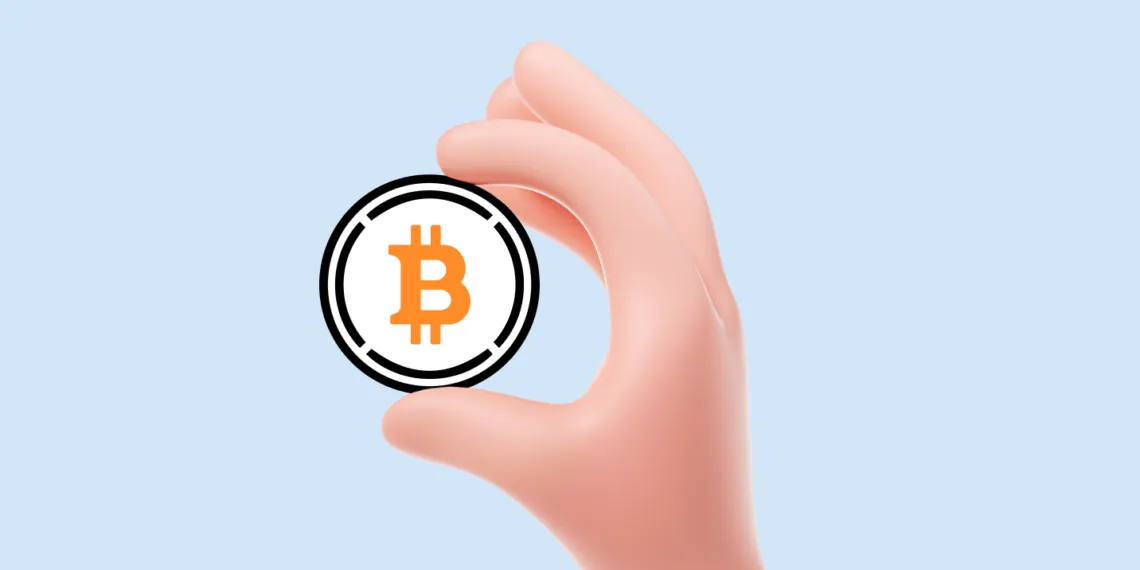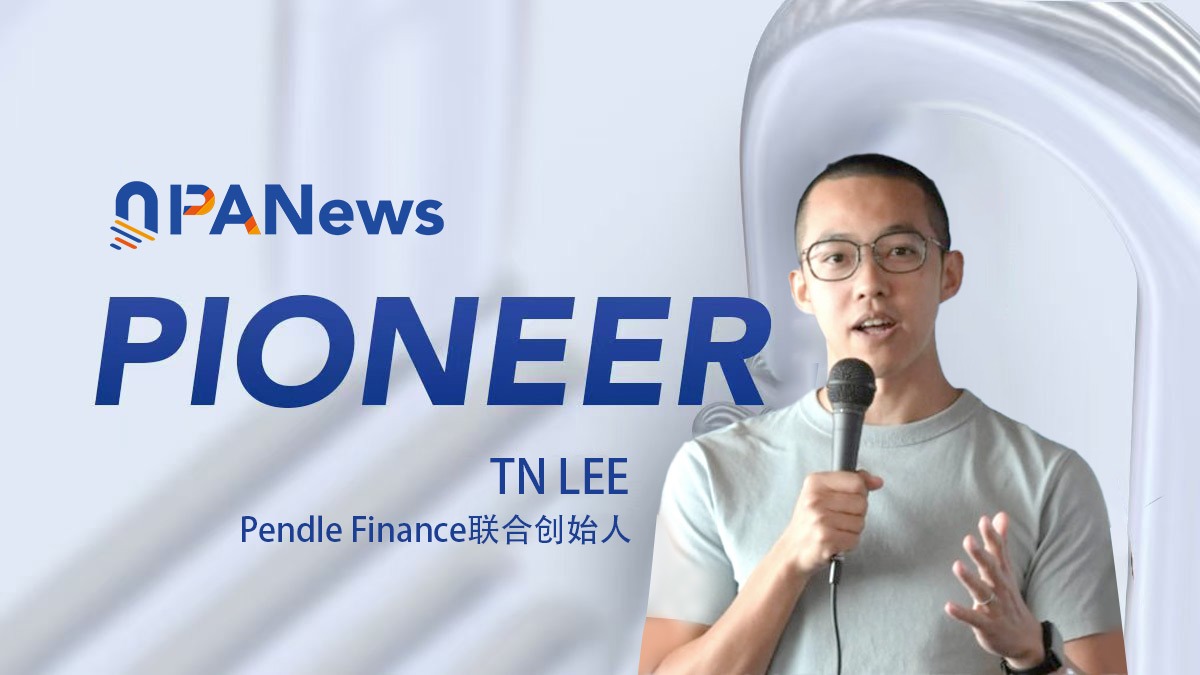
Editor: J.A.E
From Kyber to Pendle, TN LEE's entrepreneurial journey over a decade in the industry has almost spanned the key cycles of the DeFi market. As an early participant in the DeFi ecosystem, he not only accumulated rich business experience but also keenly captured the enormous potential of the interest rate market during DeFi Summer. In the DeFi world, interest rates have always been the core variable driving capital flows and user decisions. Based on a deep understanding and practice of the interest rate market, he formed a team and founded Pendle, gradually building a complex and innovative product system around the main theme of "interest rates."
Recently, Pendle co-founder TN LEE accepted an exclusive interview with PANews, candidly stating that Pendle will not provide any spot or perpetual contract trading, but will focus more on interest rates to create the best interest rate products for DeFi and even broader fields. Regarding the future, he believes that RWA (Real World Assets) and Bitcoin yields will be key directions for Pendle and the entire DeFi ecosystem. Additionally, he shared his thoughts on product portfolio, user experience, ecosystem growth, and industry collaboration.
The following is the full dialogue:
Strategic Evolution: From Locking Ultra-High APY to Opening Stablecoin Markets, to Leveraged Interest Rate Trading
PANews: It’s an honor to have the opportunity to interview you. Please introduce yourself and review Pendle's development history.
TN LEE: I am TN, co-founder and CEO of Pendle. I entered the cryptocurrency field about 10 years ago, starting my career at KyberSwap. As one of the founding team members, I stayed at Kyber until the end of 2018.
After that, I started a venture with my current co-founders and tried many product ideas in the crypto space, even venturing into AI, until we finally decided to build Pendle in 2020.
The idea for Pendle was formed during the DeFi Summer of 2020 because we wanted to lock in yields as high as 10,000% to 20,000% APY. The core motivation for building Pendle was to "lock in interest rates," as users quickly realize the value of certainty.
Fast forward to mid-2021, we launched the product, but due to its complexity, it did not attract much attention. It was also the beginning of a bull market, and people might not have had time to learn about new products. However, when we supported some high APY assets, especially Wonderland's wMEMO, our trading volume grew from about $50,000 a day to nearly $5 million in a short time.
Throughout 2022, we were primarily focused on optimizing the product and launching the current features.
In 2023, we focused on building use cases and establishing the Pendle brand around core trends and narratives, first with early LST (Liquidity Staking Token), and then closely collaborating with the Arbitrum ecosystem in Q3 and Q4 to expand our appeal.
A significant breakthrough occurred in Q1 2024 when Pendle became more involved in the Eigenlayer and LRT (Liquidity Restaking Token) ecosystems. At that time, the protocol began to tokenize points, allowing users to purchase PT (Principal Token) to obtain attractive fixed rates. Meanwhile, if users wanted to trade points, they could buy YT (Yield Token). These features have continued, and Pendle slightly shifted its narrative during this process. At the same time, we continued to focus on the Ethena market and launched some BTC markets at the end of Q3 and throughout Q4, bringing Pendle a considerable TVL, which once accounted for about 25%.
PANews: There is already a lot of information about Pendle's mechanism, so we won't elaborate on that. Let's focus on Pendle's current status and future. Please share Pendle's strategic path.
TN LEE: From a strategic perspective, at the beginning of this year, we realized that stablecoins would become a particularly important part of Pendle's growth plan. Therefore, we adjusted our positioning to focus more on stablecoins and opened the protocol so that any issuer could launch their market on Pendle without permission. We also seamlessly facilitated market creation on the UI (User Interface). In this process, benefiting from the growth of stablecoins, Pendle's TVL peaked at about $13.5 billion in September.
(Pendle Reading: DeFi Lego Game: Unveiling the Billion-Dollar Growth Flywheel of Ethena, Pendle, and Aave)
PANews: Recently, you also launched a new product called Boros. Please introduce it as well.
TN LEE: By the end of 2023, we realized that the market needed a product that could create leveraged yields because for most sustainable yields, such as ETH staking yields or SOL staking yields, they are mean-reverting. Some days are high, and some days are low. But over a longer period, they typically revert around a certain mean, such as ETH around 4% and SOL around 6-7%, with their fluctuations usually within a small range.
This means that if users want to profit from small fluctuations in interest rates, they need a large amount of underlying assets. For example, if a user wants to earn a spread between 3% and 4% with $10, it would take a long time to earn a meaningful amount. Users need a nominal principal of $1 million to earn a meaningful amount when the interest rate fluctuates from 3% to 4%, which is the reason we developed Boros.
The core of Boros is a leveraged interest rate trading product. In structure and proposition, it is very similar to Pendle V2. However, the use cases are different. V2 focuses more on point tokenization and trading.
Boros is suitable for all mean-reverting interest rates, starting with funding rates. Taking the funding rate of BTC perpetual contracts on Binance as an example, the average annualized rate might be around 10%, sometimes negative, and sometimes exceeding 20%, but over a longer period, it might be around 10%. The same goes for staking yields; some days are 2%, and some days are 4%, but they usually fluctuate between 2% and 4%. These interest rate fluctuations are small, so they need leverage to amplify the fluctuations, allowing users to earn meaningful wealth if they trade correctly.
(Boros Reading: Pendle's Strategic Expansion: Boros Emerges, Innovating the Funding Rate Trading Paradigm)
PANews: Boros is a product from 0 to 1, and going from 0 to 1 is usually a difficult process. Besides Boros, Pendle also has V2. How will you balance the progress between the two products?
TN LEE: They are both important products, but because they are at different stages, the skill sets involved are also different. V2 is much more mature; it has handled billions of dollars in value and has been around for years, so it needs to focus more on increasing the number of use cases and distribution. Boros, on the other hand, should focus more on product stability and PMF (Product-Market Fit).
I think it’s important to recognize that these two are different operating models. If Pendle had two products both going from 0 to 1, the management difficulty would significantly increase. But now that we have one more mature product, we can arrange the right team to focus on its expansion. For Boros, we will allocate members who are more adaptable to uncertainty and skilled at conducting numerous experiments to expand it.
"Apple-like" Product Architecture: V2 Focuses on Scalable Expansion, Boros Explores PMF
PANews: Pendle now has two major product lines, V2 and Boros. What kind of product structure do you hope to create?
TN LEE: I think Pendle can be viewed as a main brand, with a product portfolio resembling an "arch." Pendle is at the top level, currently with at least two pillar products: one is V2, and the other is Boros. They serve different use cases and may target different user groups, but all fees or revenues generated should ultimately belong to the PENDLE token.
This is the core idea of the "main brand." I actually want to draw a parallel with Apple. Apple is at the top level as the main brand, but it has product lines like iPhone, AirPods, etc.
This is also our approach to pursuing sustainability. Pendle will not provide any spot or perpetual contract trading. We will focus more on interest rates to create the best interest rate products for DeFi and even broader fields.
PANews: Does Pendle have any plans for V3 or other new products? What designs or features do you intend to add?
TN LEE: Yes, it is in progress. We have initiated some research topics, but it is still too early to share. I can only outline a rough future direction.
I believe Pendle has now become a significant part of any DeFi ecosystem. We firmly believe that interest rates are the most important consideration in investment, lending, and many other financial decisions. If a user wants to borrow money, a 3% interest rate versus a 5% interest rate makes a big difference, and the same goes for investment decisions.
Our core is to make all interest rates tradable and manageable. So far, we have mainly focused on building V2, which has become an important tool for guiding liquidity for many protocols over the long term. Especially this year, it has focused on supporting stablecoins and the liquidity guidance for L1 and L2.
In the future, I think it is crucial to target real-world yield opportunities, which may include private credit APY, money market APY, or corporate bonds that are gradually entering different tools in DeFi. They can be related to both V2 and Boros, and we will gradually expand the product portfolio to support a wider range of assets, not just limited to stablecoins or other L1 and L2 pre-deposit activities.
We envision that both V2 and Boros may have related use cases. In particular, I think Boros is more meaningful for those relatively stable interest rates that usually fluctuate within a small range, such as corporate bonds, which typically trade between 7% and 10% with very little fluctuation, making the amplification effect even more necessary.
PANews: What are your expectations for the growth of Boros?
TN LEE: Regarding the strategies we are currently exploring, since Boros is a very early product that has just been released for two and a half months, we have been gradually raising the limits. Initially, we were quite conservative because we had no records and mainly wanted to ensure the product's safety and robustness. But now we have gathered more data points, and we know what to relax and what to tighten. These will be important changes we will implement over time.
Currently, Boros only has BTC and ETH markets on Binance and Hyperliquid. In the future, we also hope to support more channels, such as OKX, Coinbase, Bybit, and many other exchanges. Similarly, we also hope to support more assets and markets on these channels, such as XRP, SOL, and WLFI. Therefore, from a growth perspective, the ideal situation is to increase channels, increase markets, and shorten the time frame.
PANews: You have emphasized that Boros will not issue tokens, and all profits will belong to the Pendle token. How will Pendle's tokenomics evolve to better capture the protocol's value and incentivize long-term holders?
TN LEE: We tend to maintain the status quo; the PENDLE token will continue to be the value accumulation vehicle for all mechanisms. However, once we determine the direction for Boros, we will reconsider how to accumulate value.
The reason we want to maintain the status quo for now is that Boros, as a new product, has no precedent. Since Boros is a product from 0 to 1, we need to find PMF. I believe it is very naive to commit to a value accumulation mechanism before the product shows meaningful PMF and generates substantial revenue. Therefore, we prefer a flexible approach: build the product on Boros, achieve PMF, generate healthy revenue, and then commit to a more meaningful value accumulation mechanism.
Abstracting PT as "Bank Fixed Deposits," Focusing on RWA and Bitcoin Yield Opportunities
PANews: The understanding threshold for Pendle may be relatively high for ordinary users. How do you balance product complexity and user experience?
TN LEE: I think it largely depends on packaging and distribution. Regarding distribution, we want to focus more on the fixed rate part and leave the speculative part to the most mature users on the protocol.
From the perspective of fixed rates, it is actually not difficult to understand. Fixed deposits are already a very common product, offered by every bank. Similarly, if we package PT as a product that allows users to obtain a fixed rate, we can build it like a fixed deposit product. If users want to lock in a 5% or 10% rate, they don’t even need to know about PT/YT; those will be abstracted away. Users just need to know that if they deposit, they will be guaranteed to receive those returns at the end of the term. For most fixed-rate products, the distribution channel is more important, which could be a wallet or a CEX wealth management product.
However, YT is still an important part, but its promotion may be more targeted at mature users, possibly market makers or seasoned DeFi players who currently have a judgment on interest rate trends.
PANews: As Pendle's TVL and trading volume grow, the protocol ecosystem consists of LPs and PT/YT holders, among others. How do you view the roles and interests of different participants in the ecosystem? How do you ensure the long-term healthy operation of the "growth flywheel"?
TN LEE: LPs can be anyone, and the reason they are willing to become LPs is that when providing liquidity, if they hold YT, they may also benefit from the token appreciation and gain some yield protection. This is the user profile of YT holders, mainly smaller retail investors. Due to the capital efficiency of YT, the initial capital required is much smaller, but it can generate meaningful returns for users, while PT is mainly for larger funds.
I believe that the PT and LP parts will become more accessible to retail investors, but this must be packaged through wallets or other protocols, so an additional layer of abstraction is needed, such as wallets or other products, to allow retail users to participate in these opportunities without directly engaging with Pendle.
PANews: As a DeFi builder, what advice do you have for newcomers in the industry?
TN LEE: I am still learning and cannot claim to be an expert in this area, but I can share some experiences. I realize that as a builder, seeking help is beneficial. In my experience, when I seek help, most of the time, there are people who are very willing to provide assistance or guidance, which has been immensely helpful to us. If I were to list all the names, I wouldn't be able to finish. Many people have helped or known about Pendle, and that’s because our team (not just me) is willing to reach out and seek help.
I remember in the early days, we were not very good at marketing, so we reached out to teams like Chainlink and Binance Wallet. They were very willing to share some things they had done, which were not confidential, just some best practices we could observe and improve upon. Similarly, I think this could be one of the most important things for new builders. The beginning will be tough, but knowing that there are peers who are genuinely willing to help and support is very helpful.
We are also very willing to collaborate with other protocols. We are second-order derivatives and also need to help first-order derivatives grow, which in turn drives our own growth, just like our collaboration with Ethena. By allowing interest rates to be fixed and created, we provide value and utility to the Ethena community, enabling Ethena to grow more comfortably at their scale, while we also benefit from it.
PANews: What do you think will be the most important innovations and trends in the DeFi market in the next three to five years?
TN LEE: In fact, I believe there are two trends that are highly certain, and they are not breakthrough technologies but rather market-relevant perspectives. First, we want to participate in yield opportunities from Real World Assets (RWA). As the U.S. begins to refine its cryptocurrency regulatory framework, we are likely to see traditional institutions participating more comfortably in the crypto industry and DeFi market. I believe that the crypto space will see more opportunities because of this, and Pendle will also be dedicated to capturing these upcoming opportunities.
Secondly, I believe that sustainable yields from Bitcoin will become increasingly important. How users can conveniently obtain Bitcoin yields, whether through lending or some structured products, and achieve this in a way that generates meaningful and sustainable returns will be crucial. I think this is a holy grail; Bitcoin is the largest single asset in the entire crypto space. Therefore, if we can generate yields from Bitcoin, it will have a tremendous impact from the perspective of utility and value creation.
免责声明:本文章仅代表作者个人观点,不代表本平台的立场和观点。本文章仅供信息分享,不构成对任何人的任何投资建议。用户与作者之间的任何争议,与本平台无关。如网页中刊载的文章或图片涉及侵权,请提供相关的权利证明和身份证明发送邮件到support@aicoin.com,本平台相关工作人员将会进行核查。
